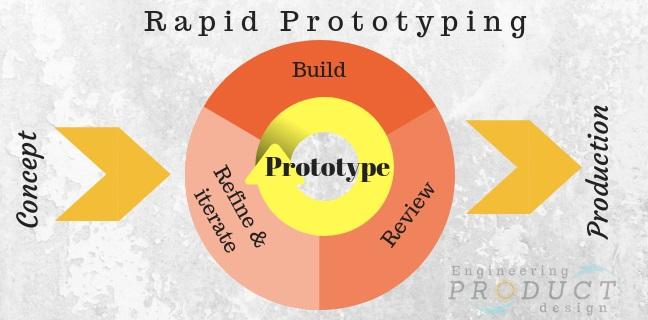In the world of manufacturing, things are constantly changing and evolving—one of the latest trends in the growth of silicone molding applications. Silicone molds are becoming increasingly popular due to their versatility and ease of use. Manufacturers can use them for various purposes, including making prototypes, reproducing products, and creating custom parts.
Silicone molding is worth considering if you’re looking for an effortless way to create physical copies of your designs. Read on to learn more about the growth of silicone molding applications and how this trend is expected to continue.
The Rise of Rapid Prototyping
It’s challenging to get your products noticed. But happily, technology is constantly improving, increasing our possibilities. You’ll know this if you ever had a product idea and were up against a wall. You had two choices at that moment. Either use abstract designs to describe your product and hope it sells or pay upfront for mass production and hope your product is flawless and doesn’t require any more refinement.
It is unnecessary to remark that neither choice was cost- or quality-effective. The first solution had little possibility of being tested on the market or receiving funding because there was no genuine proof of concept. The following option involves chances, which often results in a realization that your prototype still requires improvement.
Thanks to the different rapid prototyping techniques, you don’t have to waste thousands of dollars on failed products. Out of these techniques, silicone molding started to catch the attention of manufacturers.
The rapid prototyping trend has come a long way and is growing fast. According to experts, it will expand at a CAGR of 12.91% by 2026. While it has become a manufacturing practice worldwide, China’s rapid prototyping scene is more focused.
Among the popular techniques in China, silicone molding is leading in its advancements. Its ability to accommodate low-volume production enables the product development team to conceptualize product ideas and produce prototypes for testing. As a result, silicone molding can reduce costs, time, and effort while producing high-quality and varied products.
What is Silicone Molding?
When talking about the silicone molding process, you cannot proceed without discussing two other processes involved in creating the prototype: 3D printing and vacuum casting.
While you can use 3D printing to create prototypes, it has its limitations. One of them is not cost and time-effective to make even a few products using 3D printing technology. But it can be a great option as a first step in silicone molding.
There are two ancient techniques involved in creating a prototype with silicone molding. First is using silicone to create a mold and then injecting a substance into the silicone mold with a vacuum to eliminate any bubbles. However, the very nature of the process has opened a great door for possibilities that could change low-volume production.
Applications of Silicone Molding
It can be challenging to grasp this technology’s potential in the world of production, but it truly is terrific. Regardless of how simple or sophisticated a branch of industry is, the technology can be used therein. Silicone molding can also be used to accomplish several manufacturing milestones, including:
- Preliminary product testing before its launch
- Delivery of proof of concept and conceptualizing prototypes
- Promoting or developing things before they are produced
- Testing for heat and airflow
- Trials on an assembly line
- Functionality and durability testing
With the multitude of roles of silicone molding in product development, it can be used in various industries, including:
- Aerospace and defense
- Automotive
- Electronics and other consumer goods
- Home decor and appliances
- Prosthetic and medical equipment
- Marketing
Comparing Silicone Molding with Other Rapid Prototyping Techniques
Although silicone molding and vacuum casting can be employed in low-volume production and fast prototyping, their function is distinct from the other CNC rapid prototyping technologies.
Digital fabrication techniques for rapid prototyping include stereolithography (SLA), 3D printing or fused deposition modeling (FDM), CNC machining, laser sintering, and others. These methods range from additive to subtractive, but they all start with a CAD design, which they all have in common.
In other words, the chosen technology is used to transform the digital design into a real-world physical product. The availability of a master pattern before the molding process is required for silicone molding and vacuum casting, which is produced utilizing the rapid prototyping technologies mentioned above.
It means that both kinds of technologies are always complimentary. There is no “either, or.” If you want to try a CAD design and check its functionality or visual proof, you can use 3D printing or SLA.
But if you want to launch a test batch of more than ten pieces with accurate feedback to modify the next batch, silicone molding is the perfect technology to produce between 10 to 500 pieces. This way, you can ensure maximum time and budget efficiency while maintaining quality.



